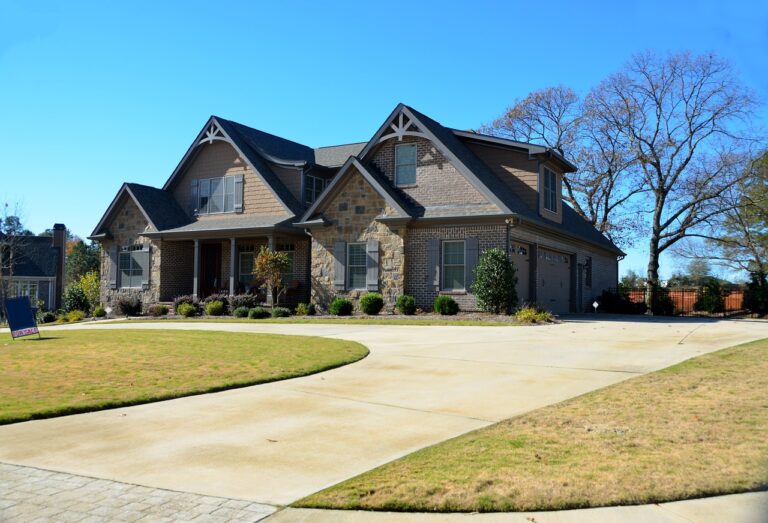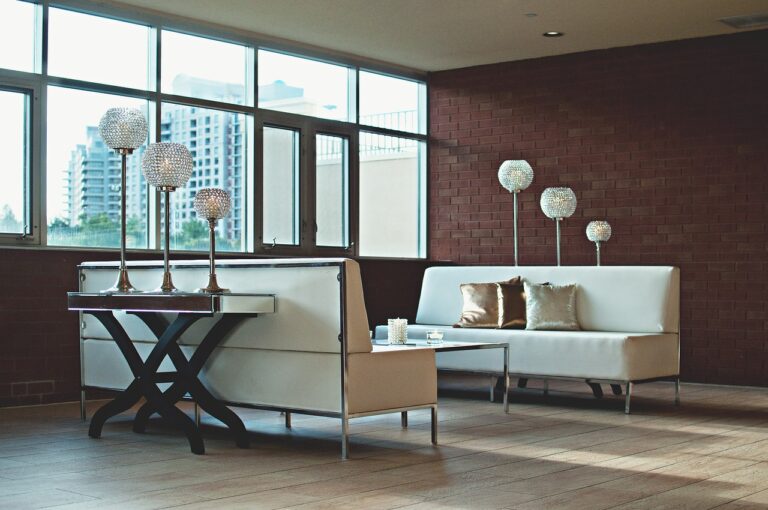How to Choose the Right Flooring for Your Basement: Considering Moisture Resistance and Durability
Choosing the right flooring for your basement is crucial, as it must withstand potential moisture and temperature changes. One key factor to consider is the level of foot traffic the area will endure. If your basement serves as a high-traffic zone, durable and resilient flooring options such as ceramic tile or luxury vinyl planks may be suitable. On the other hand, if the space is primarily used for storage or as a secondary living area, carpet or laminate flooring could be more practical choices.
Another important aspect to keep in mind is the potential for moisture in the basement. Since basements are prone to dampness and humidity, it is vital to select flooring materials that are resistant to water damage. Options like concrete, epoxy coatings, or waterproof laminate can help prevent mold and mildew growth while maintaining the integrity of your basement floor.
Concrete flooring is a durable and moisture-resistant option for basements
Epoxy coatings provide a seamless and waterproof surface for easy maintenance
Waterproof laminate flooring can mimic the look of hardwood while being suitable for damp environments
In addition to durability and moisture resistance, it is essential to consider the overall aesthetic appeal of the flooring. The basement floor should complement the rest of your home’s interior design while also reflecting your personal style. Whether you prefer a sleek modern look or a cozy traditional feel, there are various flooring options available to suit your preferences.
Furthermore, budget constraints may play a significant role in your decision-making process when choosing basement flooring. While some materials may be more expensive upfront, they could save you money in the long run by requiring less maintenance or replacement over time. It is essential to weigh the initial cost against long-term durability and performance before making a final selection.
Lastly, installation requirements should also be taken into account when selecting basement flooring. Some materials may require professional installation due to their complexity or specialized tools needed for proper placement. Others, such as interlocking vinyl tiles or carpet squares, offer DIY-friendly options that can save you time and money on installation costs.
In conclusion, several factors must be considered before choosing flooring for your basement. By evaluating foot traffic levels, moisture resistance, aesthetic preferences, budget constraints, and installation requirements, you can make an informed decision that meets both your practical needs and design goals for this important living space in your home.
Moisture Levels in Your Basement
Moisture levels in your basement can have a significant impact on the overall condition of your flooring. Excess moisture can lead to mold growth, warping of materials, and an unpleasant musty smell in the space. Before choosing flooring for your basement, it is crucial to assess the moisture levels to determine the best type of flooring that can withstand these conditions.
To check the moisture levels in your basement, you can use a moisture meter specifically designed for building materials. This tool will provide you with accurate readings to help you determine if the moisture levels are within an acceptable range for installing flooring. Additionally, be sure to address any existing water leaks or drainage issues to prevent future problems with moisture damage.
Type of Subfloor in Your Basement
When choosing the type of subfloor for your basement, it is essential to consider the existing conditions of the space. Basements are prone to moisture and can experience fluctuations in temperature, so it is important to select a subfloor material that can withstand these challenges. Additionally, the subfloor should provide a level surface for the installation of your chosen flooring material.
One common choice for basement subfloors is plywood. Plywood is durable, cost-effective, and easy to install. It also provides a stable base for various types of flooring, including laminate, vinyl, and carpet. Another option is oriented strand board (OSB), which is similar to plywood but made from compressed wood strands. OSB is moisture-resistant and offers good structural support for basement floors.
What factors should I consider before choosing flooring for my basement?
Before choosing flooring for your basement, consider the moisture levels in the space, the type of subfloor you have, and the intended use of the basement.
How can I determine the moisture levels in my basement?
You can determine the moisture levels in your basement by using a moisture meter or by observing any visible signs of water damage, such as mold or mildew.
What is the importance of the type of subfloor in my basement?
The type of subfloor in your basement can impact the durability and longevity of your flooring. It is important to choose flooring that is compatible with your subfloor to prevent issues such as warping or mold growth.
What are the common types of subfloors found in basements?
Common types of subfloors found in basements include concrete slabs, plywood subfloors, and floor joists. Each type of subfloor has its own requirements for flooring installation.
How can I protect my basement flooring from moisture damage?
To protect your basement flooring from moisture damage, consider installing a moisture barrier or using waterproof flooring materials. Additionally, ensure that any leaks or water issues in the basement are addressed promptly.







